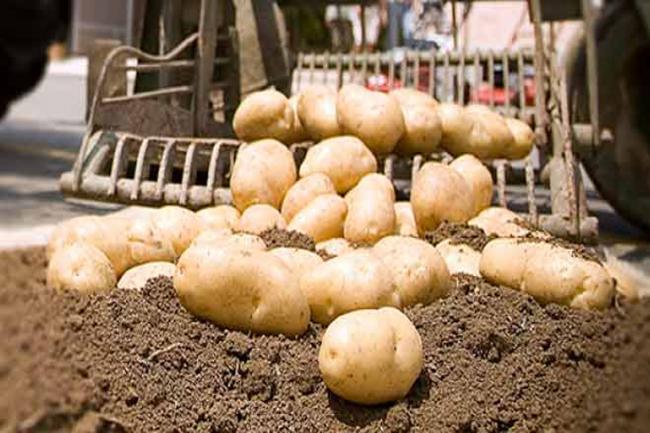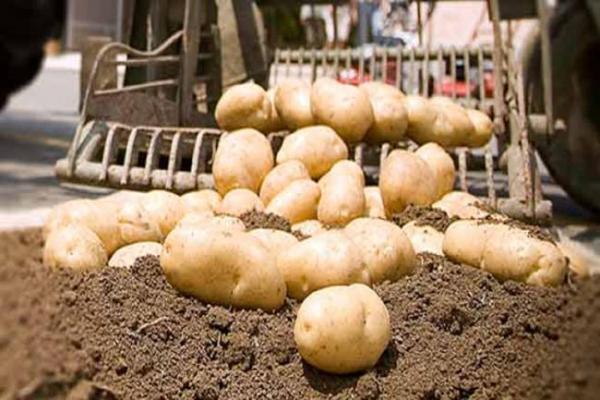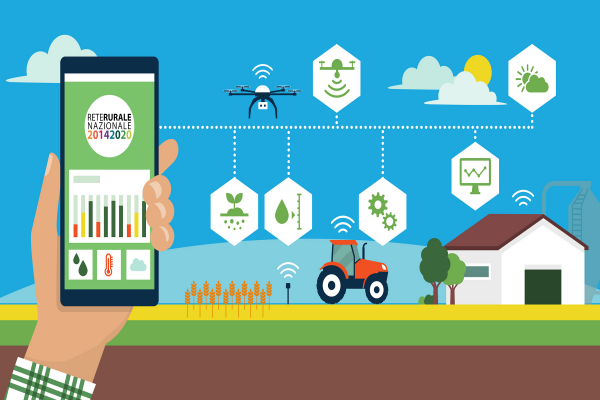Venetian Golden Potato: competitiveness and value creation through varietal innovations and conservation techniques.

Application of varietal innovations through the cultivation of new varieties already selected and application of innovative product conservation techniques.
Varietal innovation: to enhance the agricultural product through the identification of varieties that are suitable for specific nutritional uses,
which have good organoleptic qualities, little tendency to deformation, and high degree of washability
Conservation: to apply techniques and tools to improve and innovate storage facilities in order to maintain better and longer the qualitative characteristics of the harvested product, reducing the onset of bacterial and fungal rots through ozone sanitation of chill rooms.
WP1 - Varietal innovations
1. Assessment of the varieties to agronomic tests; 2. Drafting protocol for field tests; 3. Implementation of cultivation tests of innovative varieties; 4. Data collection and processing, drafting of reports.
WP2 - Application of innovative conservation techniques
1. Installing ozone systems; 2. Drafting the protocol of activities for conservation tests; 3. Conservation tests; 4. Data collection, drafting of intermediate and final report
WP3 - Dissemination
1. Business field trips; 2. Distribution of brochures; 3. Publishing specialized articles; 4. Company visits to conservation facilities; 5. Seminars for the dissemination of project results
The Veneto region, with a production of 118,000 tons, on a cultivated area of 3,200 hectares, is one of the main potatoes centers in Italy, asserting itself for its high quality.
Among the provinces of Padua, Vicenza and Verona, in the municipalities of Montagnana, Saletto, Megliadino San Fidenzio, Ospedaletto Euganeo, Cologna Veneta, Pressana, Roveredo di Guà, Lonigo, Noventa Vicentina and Poiana Maggiore from the early 1900s, is identified in the alluvial lands along the Adige and Guà rivers an area suited to potatoes, the most important productions were obtained in the red clay soils where quality products were produced, with high organoleptic characteristics and particular color and brightness of the peel, which made them acquire the name of "Golden potato".
The denomination "Golden Potato of the Red Soils of Guà" includes various varieties grown today: Agata, Primura and Colomba, the most cultivated, Vivaldi, Cicero, Monalisa, Liseta and Alba.
The productive average of the area involved in the cultivation of the "Golden Potato" ranges between 40,000 and 50,000 tons per year, equal to a value of about ten million euros, an average production per hectare of about 55 tons and a gross salable production (PLV) of about 11,000 euros per hectare.
The potato sector of the "Golden Potato" is still suffering from the same problems, delays and critical issues of the entire regional and national sector, linked to the high production costs (about 8,000 euros per hectare) and to a low remuneration of the product sold (about 20 euro cents per kilo); it is therefore essential to carry out demonstration activities / projects that apply varieties, agronomic processes and conservation processes capable of creating added value for the sector.
| Titolo/Descrizione | Url | Tipologia |
|---|---|---|
|
Project website
|
Sito web
|
|
|
Agronotizie - Prove di conservazione
|
Materiali utili
|
|
|
Agronotizie - Risultati delle prove varietali
|
Materiali utili
|
|
|
Article about the project conclusion
|
Materiali utili
|
|
|
Informare - I primi risultati del Progetto per la valorizzazione delle patate
|
Materiali utili
|
|
|
PSR Veneto - Patadorata
|
Materiali utili
|
|
|
Webinar
|
Materiali utili
|

Patata dorata veneta: competitività e creazione di valore attraverso innovazioni varietali e tecniche di conservazione
Nell’applicazione delle innovazioni varietali sono state realizzate prove di coltivazione in pieno campo di varietà innovative per tre diverse annate agrarie (2018, 2019 e 2020…
